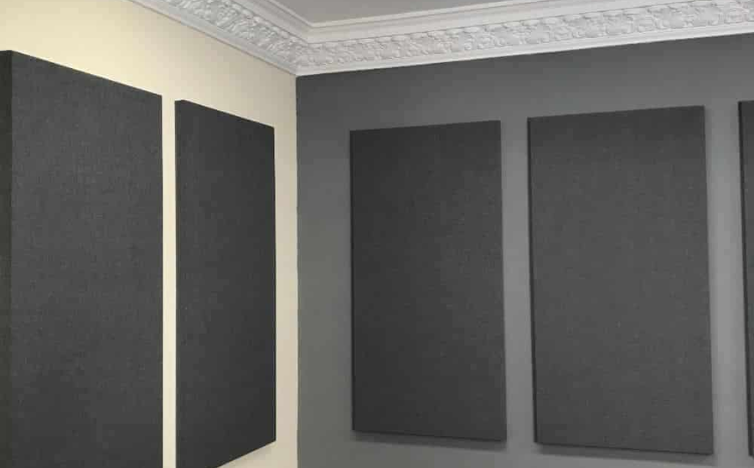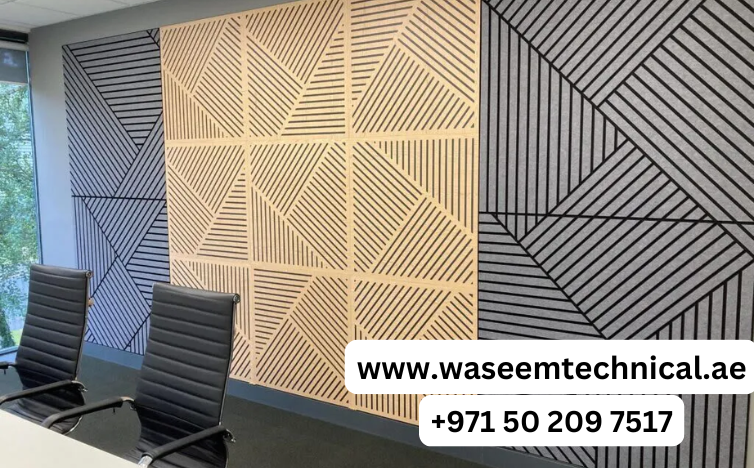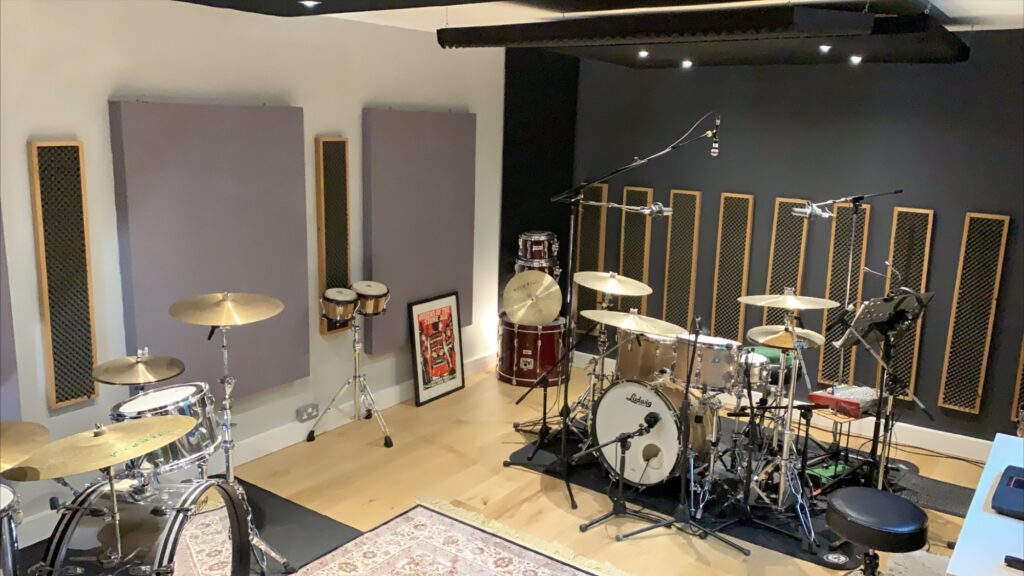Soundproofing is an essential consideration for anyone looking to reduce noise pollution, whether in a home, office, or commercial space. With various soundproofing methods available, it can be challenging to determine which one best suits your needs. Each method has its own set of advantages and disadvantages, depending on factors like cost, effectiveness, and ease of installation. In this article, we’ll explore the pros and cons of different soundproofing methods to help you make an informed decision.
1. Acoustic Panels
Acoustic panels are a popular choice for soundproofing walls and ceilings. They are designed to absorb sound waves, reducing echo and improving sound quality within a room.

Pros:
- Easy to install and can be mounted on walls or ceilings.
- Improves sound quality by reducing echoes and reverberations.
- Available in various designs and colors to match your decor.
- Ideal for home theaters, recording studios, and offices.
Cons:
- Primarily effective for sound absorption, not complete soundproofing.
- May not block low-frequency noises like bass or heavy footsteps.
- Can be expensive if covering large areas.
2. Mass-Loaded Vinyl (MLV)
Mass-loaded vinyl is a dense, flexible material used to block sound transmission through walls, floors, and ceilings.
Pros:
- Highly effective at blocking airborne noise, such as voices or traffic sounds.
- Thin and easy to install under flooring or behind drywall.
- Durable and long-lasting.
Cons:
- Can be heavy and difficult to handle during installation.
- More expensive than some other soundproofing materials.
- Requires professional installation for optimal results.
3. Soundproof Curtains
Soundproof curtains are thick, heavy drapes designed to block noise from entering through windows.
Pros:
- Affordable and easy to install.
- Doubles as a light-blocking solution for better sleep.
- Portable and can be moved from room to room.
Cons:
- Less effective at blocking low-frequency noises.
- Only useful for windows, not walls or doors.
- May not provide complete soundproofing in noisy environments.
4. Weatherstripping and Door Sweeps
Weatherstripping and door sweeps are used to seal gaps around doors and windows, preventing noise from leaking in or out.
Pros:
- Inexpensive and easy to install.
- Effective at reducing drafts and improving energy efficiency.
- Ideal for blocking noise from small gaps and cracks.
Cons:
- Only addresses minor noise issues, not overall soundproofing.
- Requires regular maintenance and replacement over time.
- May not be sufficient for high-noise environments.
5. Soundproof Drywall
Soundproof drywall is a specialized type of drywall designed to reduce noise transmission between rooms.
Pros:
- Highly effective at blocking both airborne and impact noise.
- Can be used in new construction or renovations.
- Provides a permanent soundproofing solution.
Cons:
- Expensive compared to regular drywall.
- Requires professional installation.
- Adds thickness to walls, which may reduce room space.
6. Acoustic Caulk
Acoustic caulk is used to seal gaps and cracks in walls, ceilings, and floors to prevent sound leakage.
Pros:
- Affordable and easy to apply.
- Effective at sealing small gaps that allow noise to pass through.
- Can be used in conjunction with other soundproofing methods.
Cons:
- Only addresses minor sound leaks, not overall noise issues.
- Requires reapplication over time as it may shrink or crack.
- Not a standalone solution for significant noise problems.
7. Fiberglass Insulation
Fiberglass insulation is commonly used in walls and ceilings to reduce noise transmission.
Pros:
- Effective at reducing both airborne and impact noise.
- Doubles as thermal insulation, improving energy efficiency.
- Widely available and relatively affordable.
Cons:
- Requires installation during construction or major renovations.
- Can be irritating to the skin and lungs during installation.
- Less effective as a standalone soundproofing solution.
8. Resilient Channels
Resilient channels are metal strips installed between drywall and studs to decouple the wall and reduce sound transmission.
Pros:
- Highly effective at reducing impact noise and vibrations.
- Ideal for use in ceilings and walls.
- Provides a long-lasting soundproofing solution.
Cons:
- Requires professional installation.
- Can be expensive and time-consuming to install.
- Not effective if not installed correctly.
9. Cork Flooring
Cork flooring is a natural material that provides soundproofing benefits, especially for impact noise.
Pros:
- Eco-friendly and sustainable material.
- Effective at reducing footstep noise and vibrations.
- Comfortable to walk on and adds warmth to a room.
Cons:
- More expensive than traditional flooring options.
- Requires regular maintenance to prevent damage.
- Not effective for blocking airborne noise.
Call us: Contact Waseem Technical Soundproofing Expert in Dubai For Soundproofing: +971 50 209 7517
Conclusion
Choosing the right soundproofing method depends on your specific needs, budget, and the type of noise you’re trying to block. For example, acoustic panels are great for improving sound quality in a home theater, while mass-loaded vinyl is better for blocking external noise. Combining multiple methods, such as using soundproof drywall with acoustic caulk, can provide the best results.
Before starting your soundproofing project, assess the noise issues in your space and research the most suitable solutions. Whether you’re tackling a DIY project or hiring a professional, understanding the pros and cons of each method will help you achieve a quieter, more peaceful environment.




